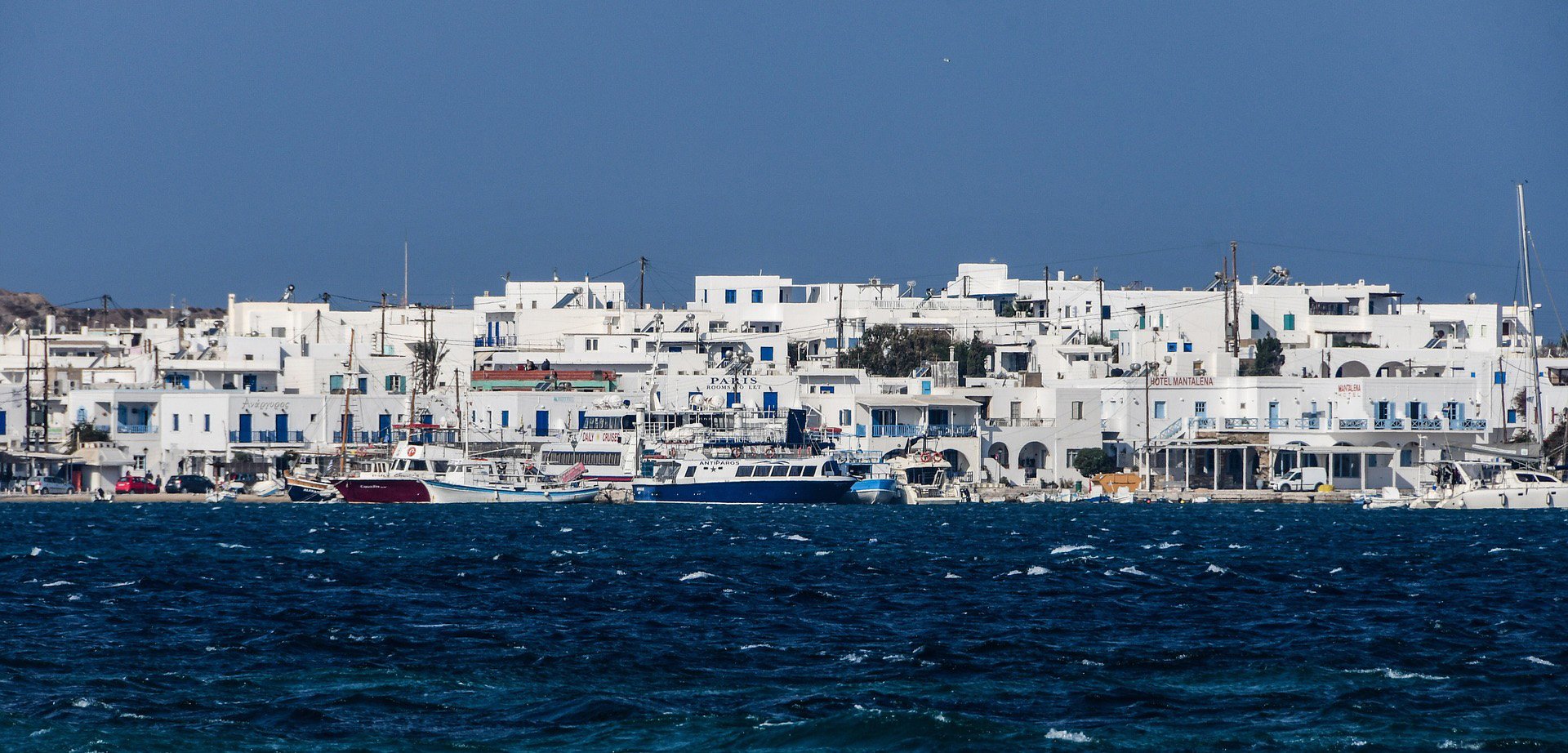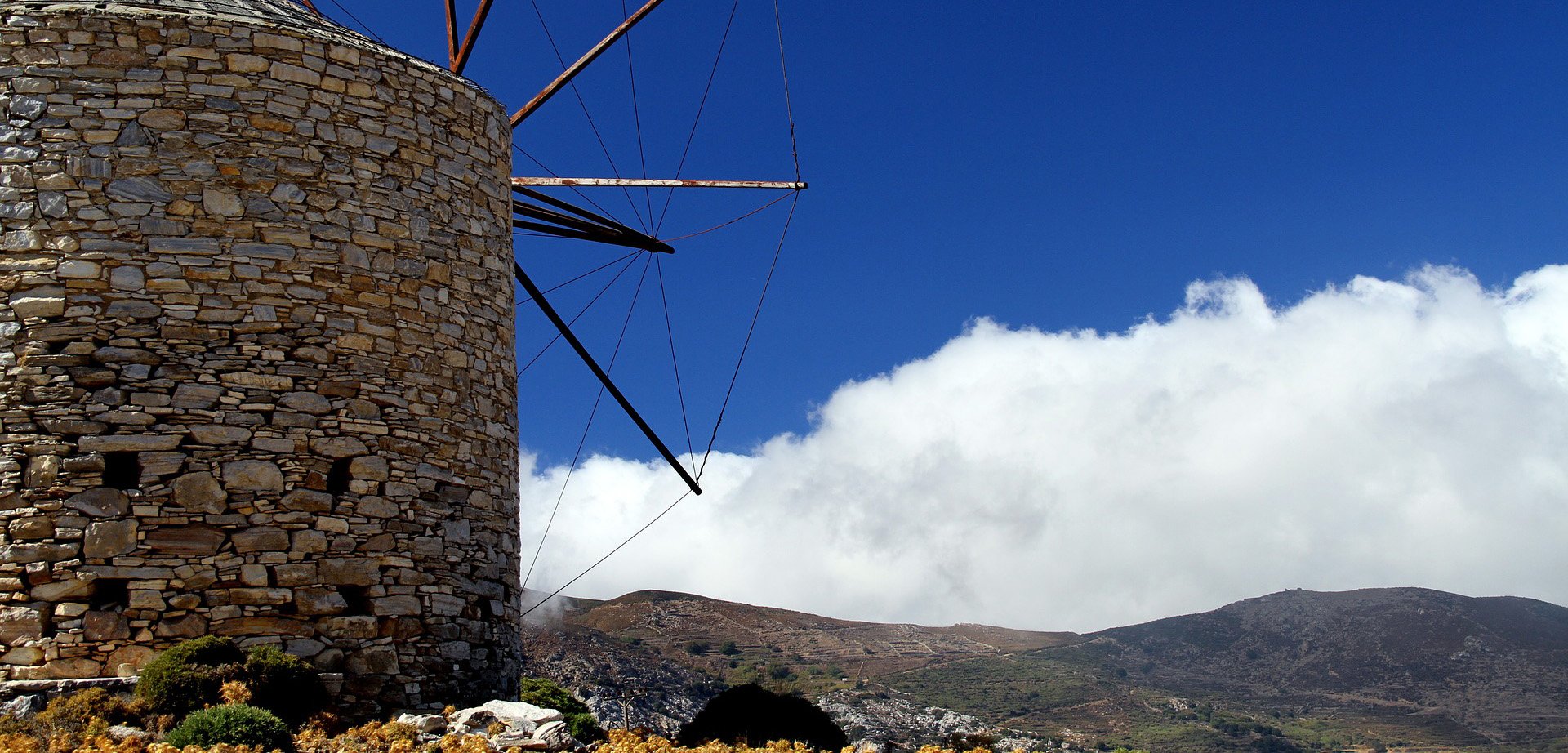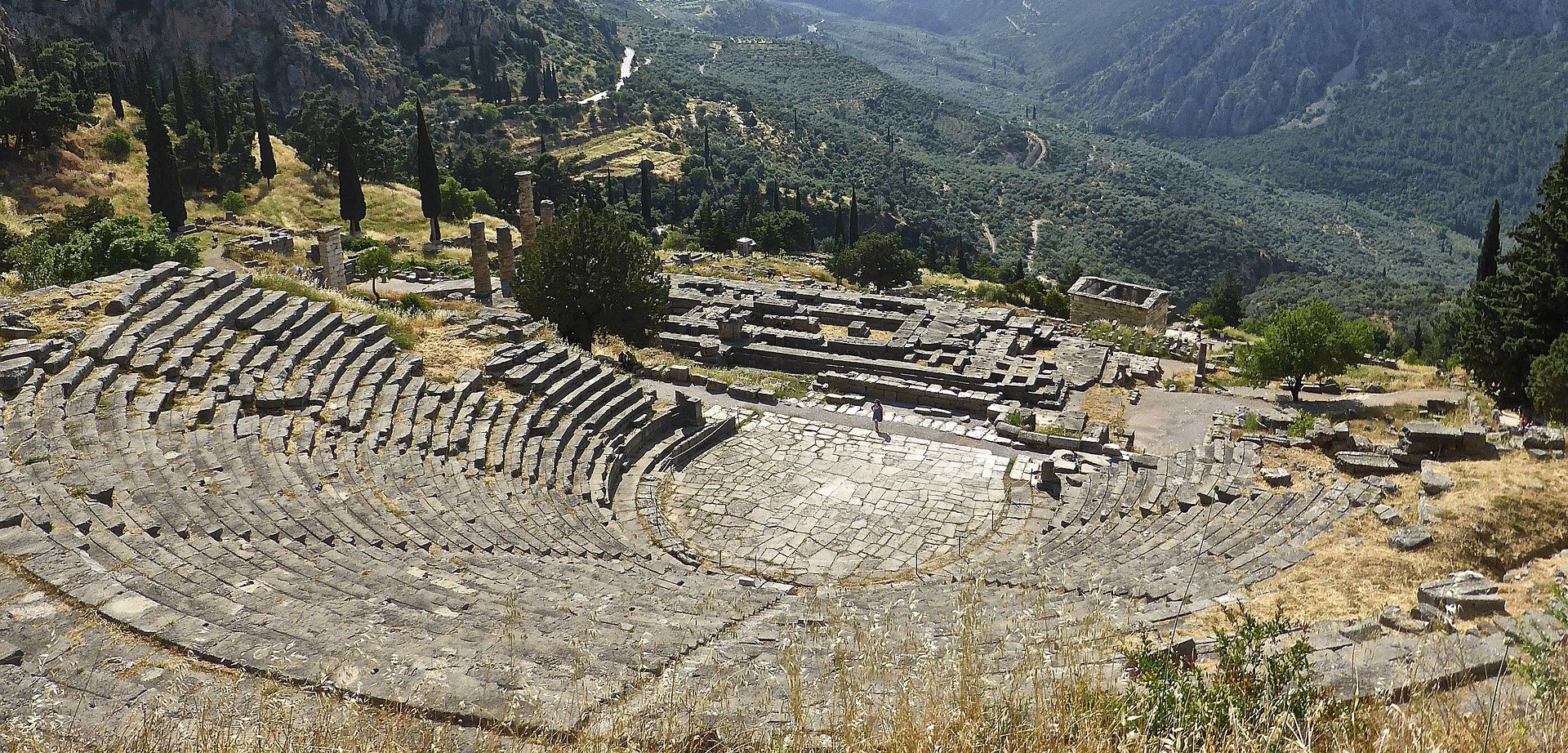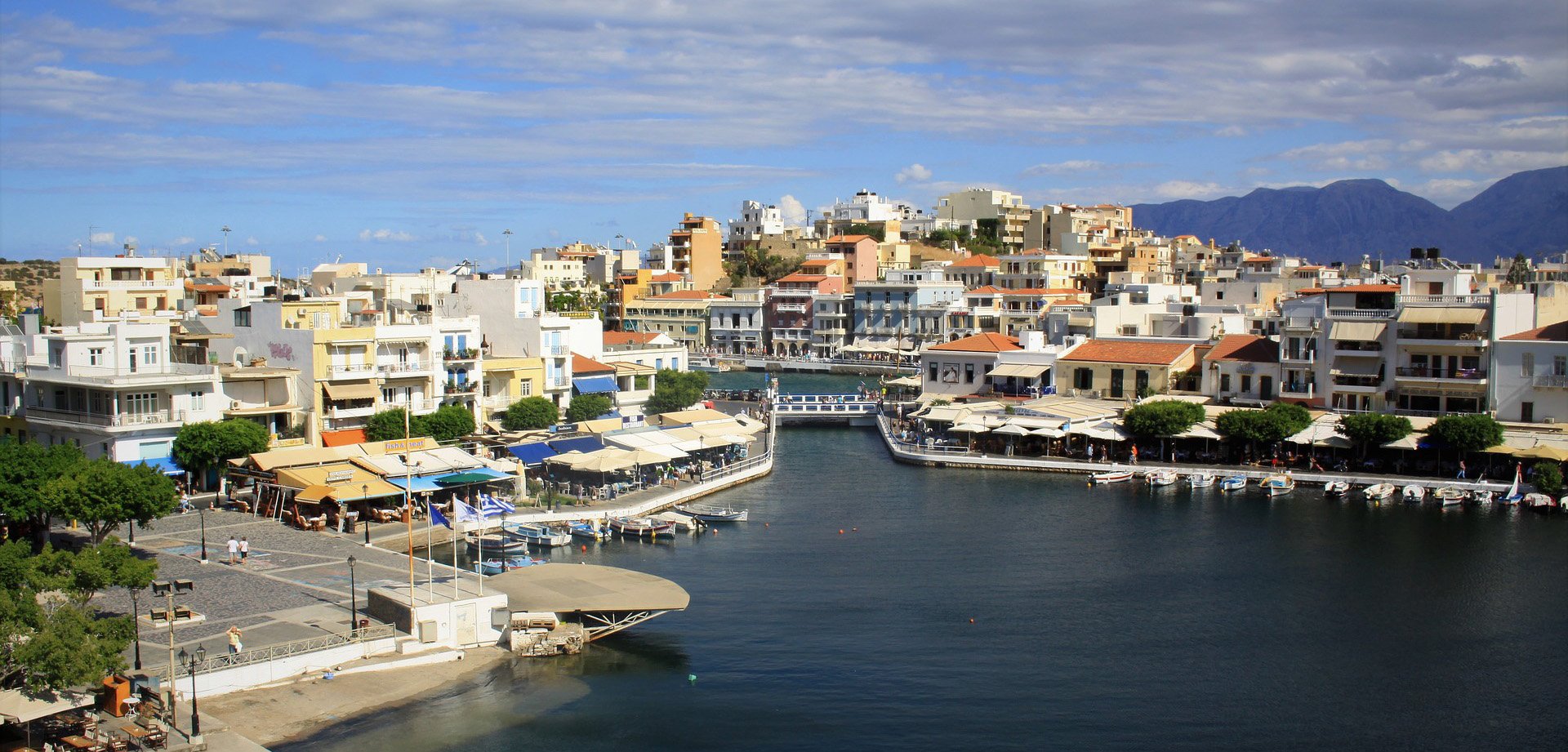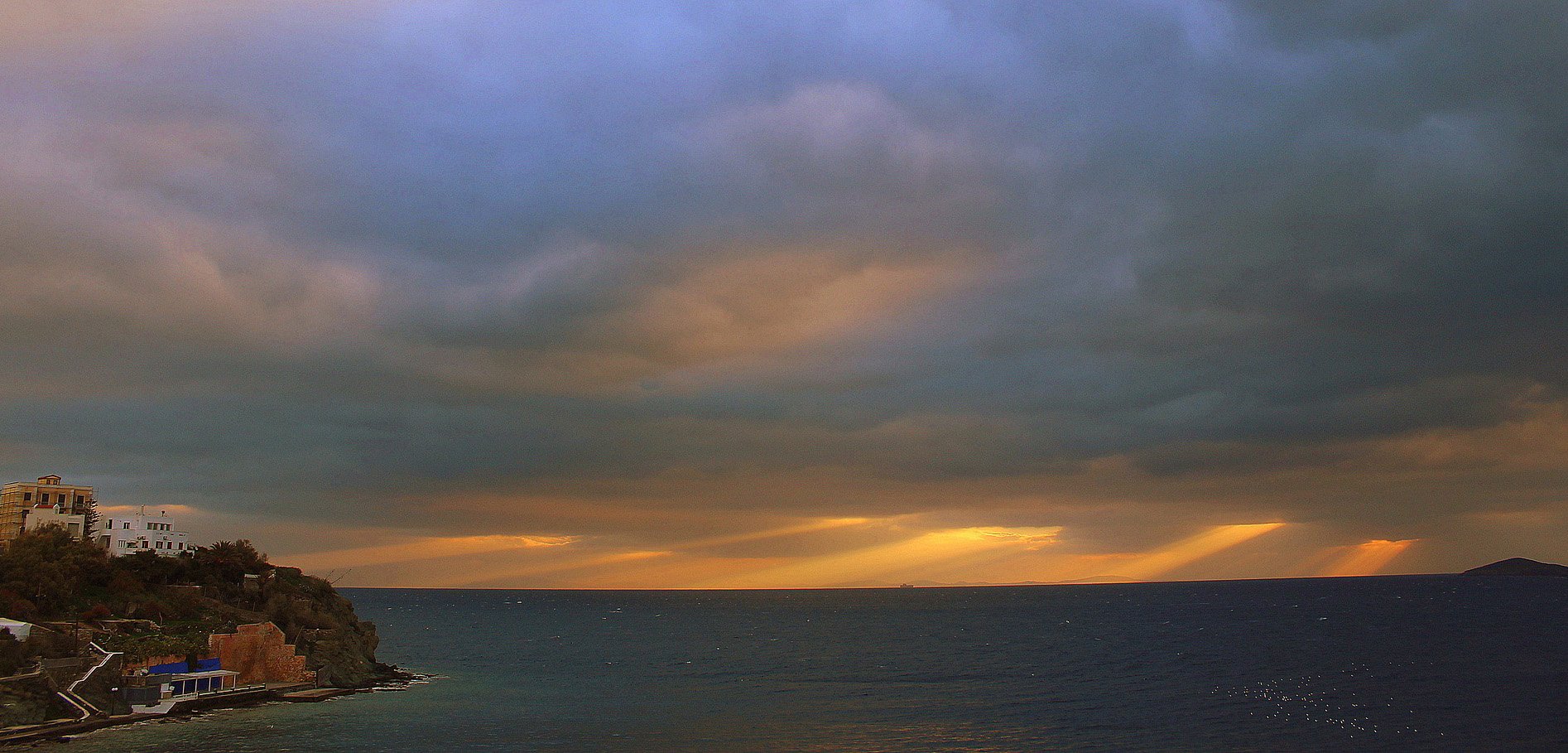Greece Experiences
Athens
The capital of Greece is the largest Greek city with a history of almost 3,500 years. The city contains two UNESCO World Heritage sites, the famous Acropolis and the 11th century Byzantine Daphni Monastery. Athens incorporates architectural styles ranging from Greco-Roman and Neoclassical to modern times. Noteworthy museums are the National Archeological Museum, the Benaki Museum, the Byzantine and Christian Museum, the New Acropolis Museum, and others. Greece is home to the Olympics of antiquity and Athens has hosted the modern Olympics twice.
Santorini
The 28 square miles of Santorini are the result of a large volcanic eruption which occurred about 3,600 years ago. Some believe that the eruption was the reason for the collapse of the sophisticated Minoan civilization. The island is uniquely scenic, viewed from water and from land, and the traditional architecture of Santorini is similar to the other Cyclades, with low-lying cubical houses, many of them whitewashed. Akrotiri is a major archaeological site, with ruins from the Minoan era.
Paros
From the island of Paros, ferries connect to multiple locations among which are Athens, Heraklion, Naxos, Ios, Mykonos and Santorini. The capital, Parikia, situated on a bay occupies the site of the ancient capital Paros. Houses here are built and decorated in the traditional Cycladic style, with flat roofs, white walls and blue doors and window shutters. Traces of antiquity are manifold. The town's principal church has features which predate the Roman empire’s adoption of Christianity in the late 4th century. Since antiquity, the island has been famous for its white, beautiful marble, a main source of wealth for the island.
Naxos
Largest of the Cyclades Islands, Naxos capital is Chora. It is also the largest settlement on the island. Naxos is the most fertile island of the Cyclades. The water supply is sufficient, better than on other islands. Mount Zeus at over 3,000 feet is the highest peak within the island group assisting better rainfall by trapping clouds. Within Greece, Naxos is famous for its cheese and a lemon-citrus liquor. The island offers historical ruins, several attractive beaches and windsurfing as well as kitesurfing are available.
Delphi
A sanctuary in antiquity, the oracle of Delphi was consulted about important decisions throughout the ancient classical world. At that time, Delphi was thought to be the center of the world. It is recognized as a UNESCO World Heritage site. A museum is located near the archaeological site, east of the nearby modern village. The museum houses an impressive collection related to Delphi’s antiquities. The site attracts many international visitors.
Mykonos
The island of Mykonos is part of the Cyclades. The 33 square miles are a tourist haven and sometimes too crowded with visitors including cruise ships that stop here. The emerging international gay community of the 1970s took to the island and it has remained a favorite ever since. The island offers an active night life and points of interest are its beaches, ‘Little Venice’, the windmills and the Archeological Museum of Mykonos.
Crete
The island is Greece’s southernmost and largest. It is mountainous reaching over 6,000 foot in elevation in several locations. The Samaria Gorge constitutes a World Biosphere Reserve. Heraklion Airport and Chania Airport are arrival points serving international travelers as are ferries from the mainland. The palace of Knossos, a Bronze Age settlement and ancient Minoan city, is also located here. Other popular tourist attractions include the Venetian old city and port of Chania, the Venetian castle at Rethymno and the Palm Beach of Vai, the largest natural palm forest in Europe.
Syros
Ermoupoli, largest town on Syros is a regional capital for the South Aegean. It has been and is a significant port town. Several churches and an archeological museum are noteworthy. Ano Syros is the second town on the island. Built by the Venetians at the beginning of the 13th century on the hill of San Giorgio, Ano Syros delights by a medieval atmosphere. Lower and upper town are connected by many steps between narrow streets and houses with colored doors. As many of the major Greek islands, Syros was occupied by numerous cultures throughout the last millennia.
Peloponnese
The Peloponnese is a peninsula of over 8,000 sq-miles south of mainland Greece. It is connected to the mainland by the Isthmus of Corinth. The Corinth Canal was built here in the late 19th century. The Peloponnese is connected to the mainland by several bridges including a modern bridge reaching the city of Patros. The peninsula is mountainous in its interior and offers several historic monuments such as the lion gate of Mycenae, the Unesco World Heritage site in Mystras and famous, ancient Olympia. The Peloponnese is home to numerous spectacular beaches drawing visitors.
Olympia
Here in the western part of the Peleponnese peninsula, the Olympic Games were held during antiquity from the 8th century BC to the 4th century, a time span of 1,200 years. The classical period between the 5th and 4th centuries BC, is considered to have been the golden age. As today, the games took place every four years. The archaeological site of Olympia contains over 70 buildings in form of ruins. The site is a major tourist attraction and includes two museums.
![SITA Canada Final_color [Converted]new_for_wp SITA Canada Final_color [Converted]new_for_wp](https://sitatourscanada.com/wp-content/uploads/2019/12/SITA-Canada-Final_color-Convertednew_for_wp.png)


